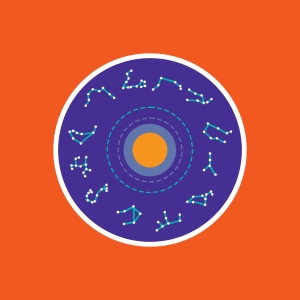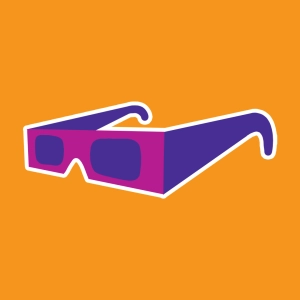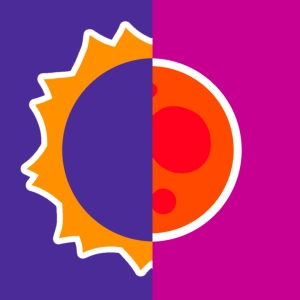 Zodiacal constellations
Zodiacal constellations
Learning objectives
- To understand the link between the succession of the constellations and Earth / Sun relative positions.
- To teach the difference between astrology (belief system) and astronomy (science).
The constellations are imaginary figures made of groups of stars forming patterns which allow an observer to easily identify star positions.
The zodiac is an imaginary belt in the heavens on either side of the Sun's apparent path: the ecliptic. It is divided into 12 sectors of 30° each, corresponding to the astrological signs named by the ancients. The Sun, Moon and planets seem, when viewed from the Earth, to move through the zodiac, since they all move in the same plane (ecliptic) and thus move across the same band of stars. The zodiac extends to about 8° to either side of the ecliptic.
Because of precession of the equinoxes, there is about a month’s difference between the constellations we now observe, and those observed by the ancients, at specific times of year.

Discover EduMedia for free
The interactive encyclopedia that brings science and math to life in the classroom.
Over 1,000 resources





